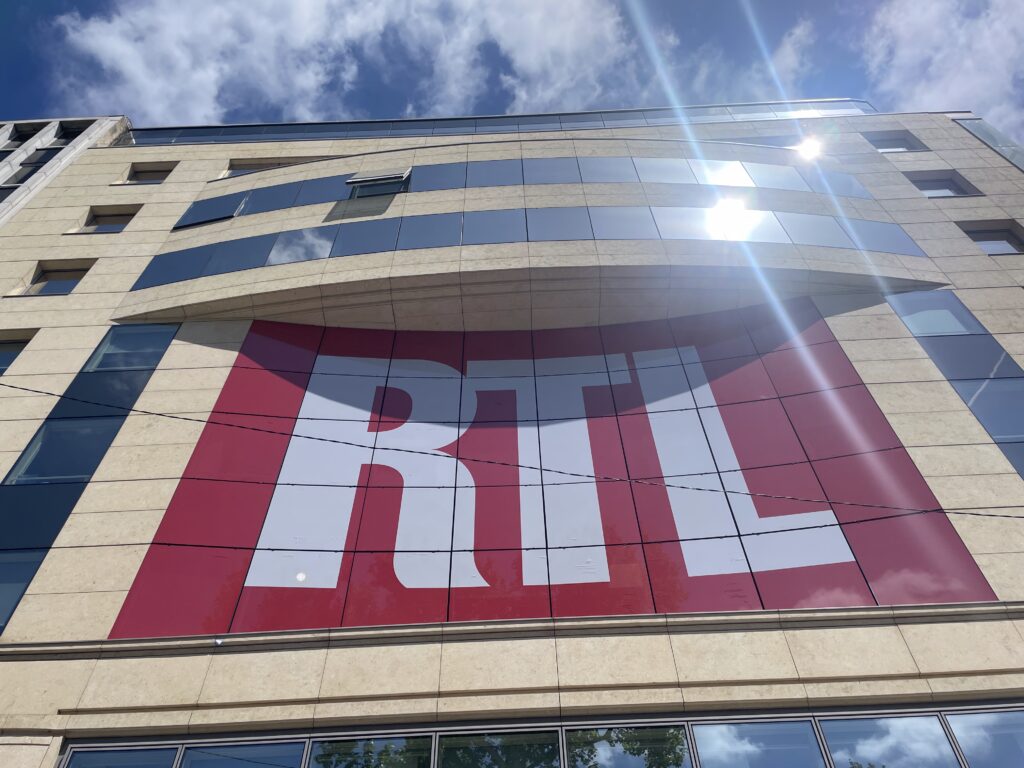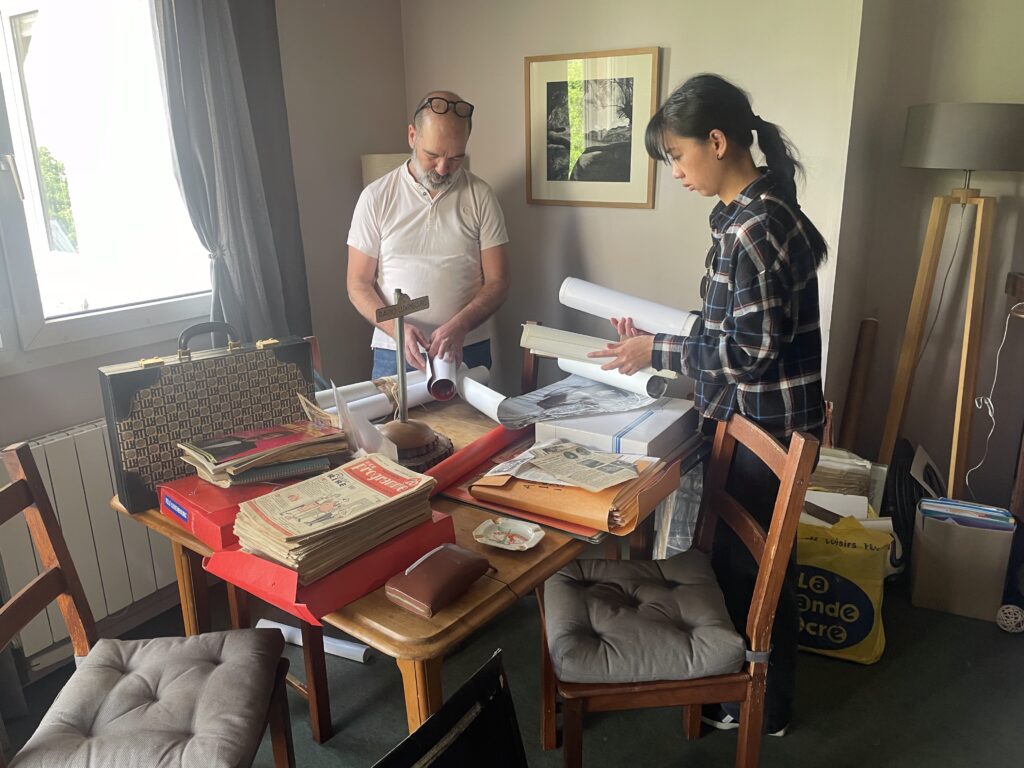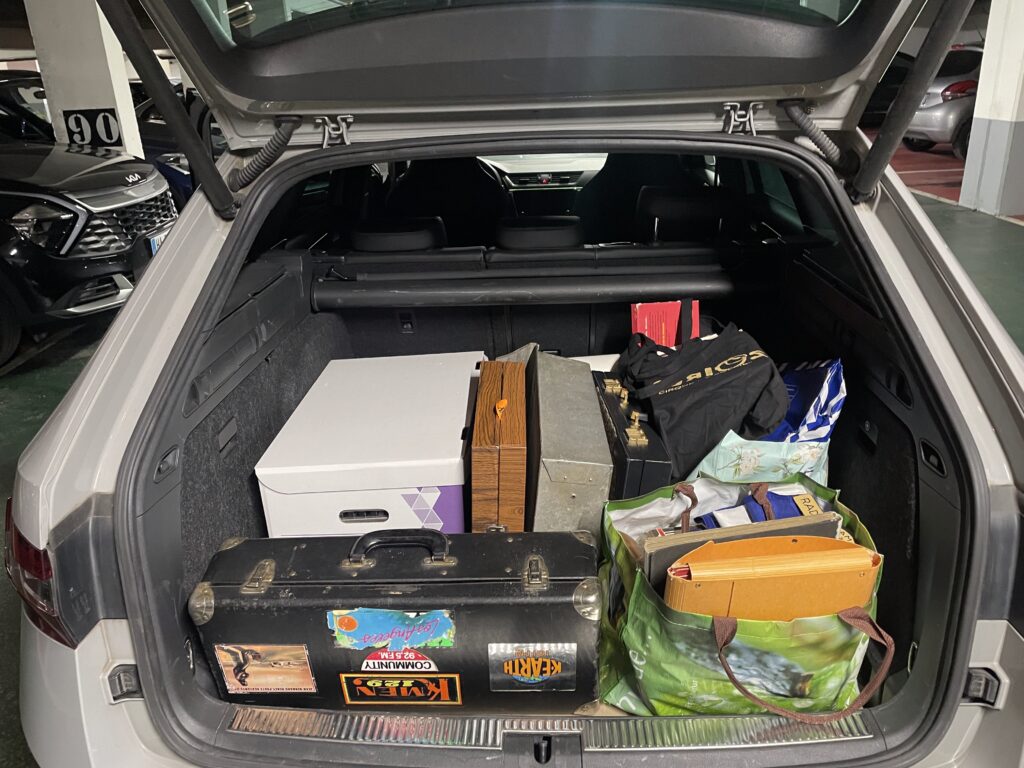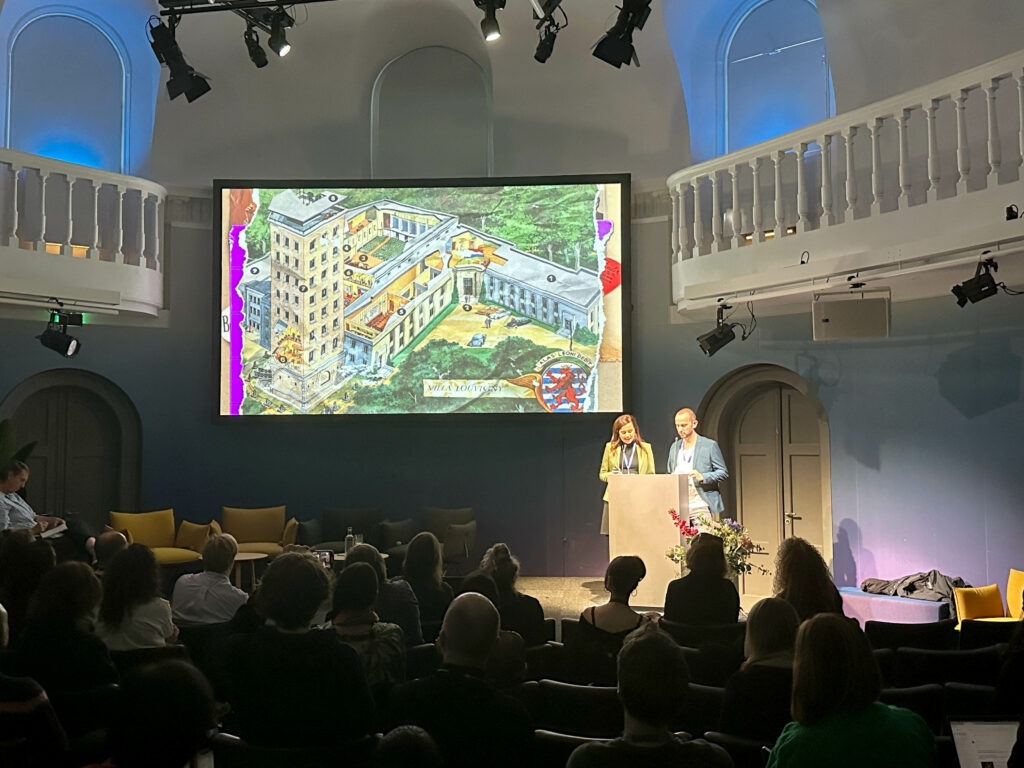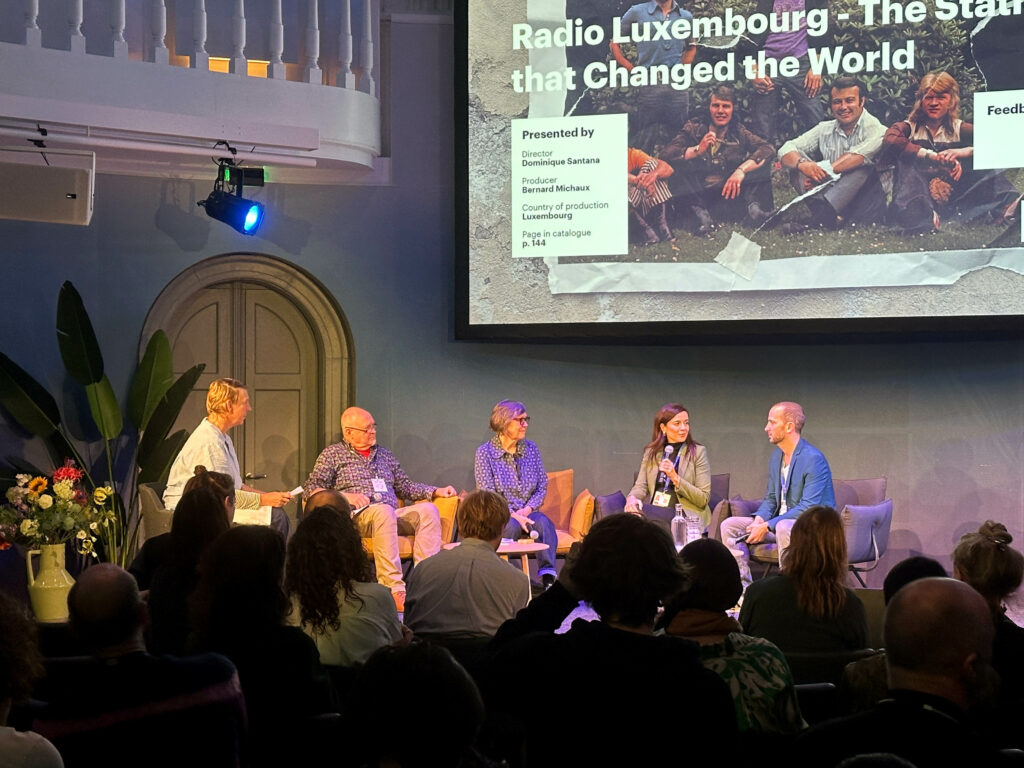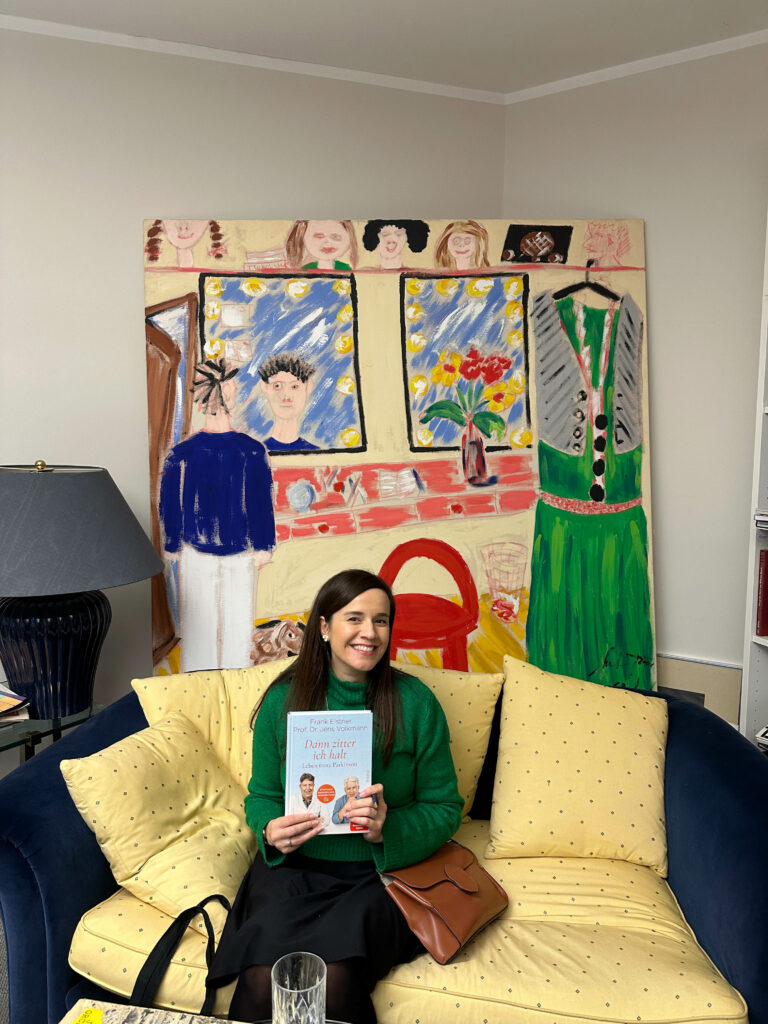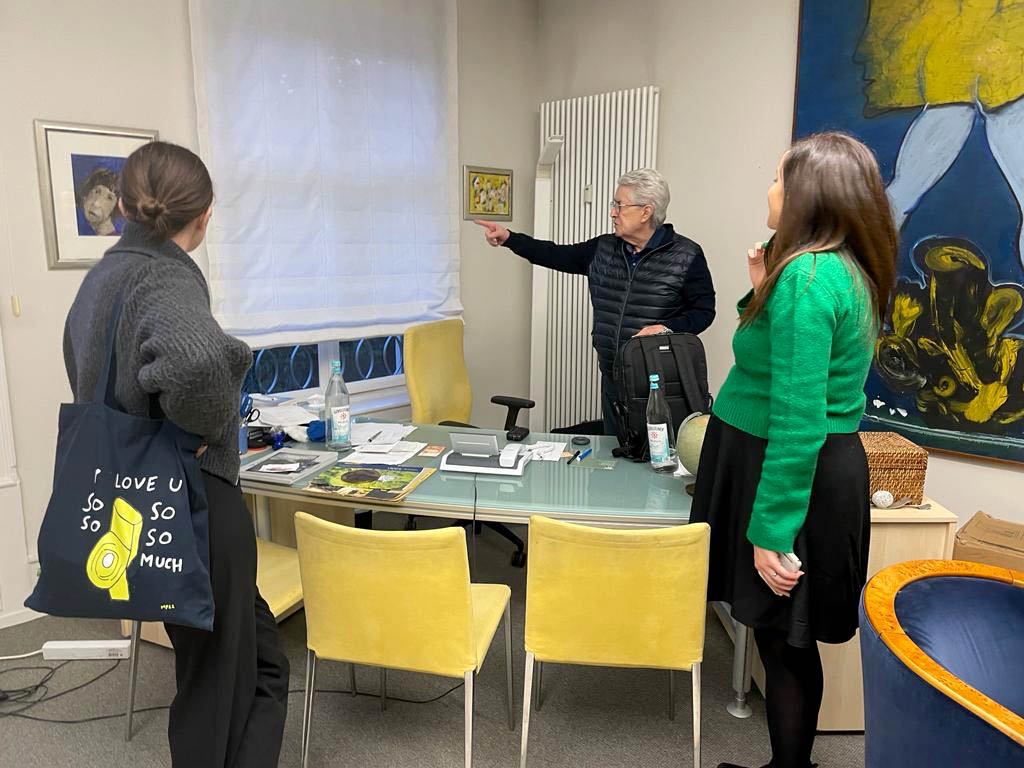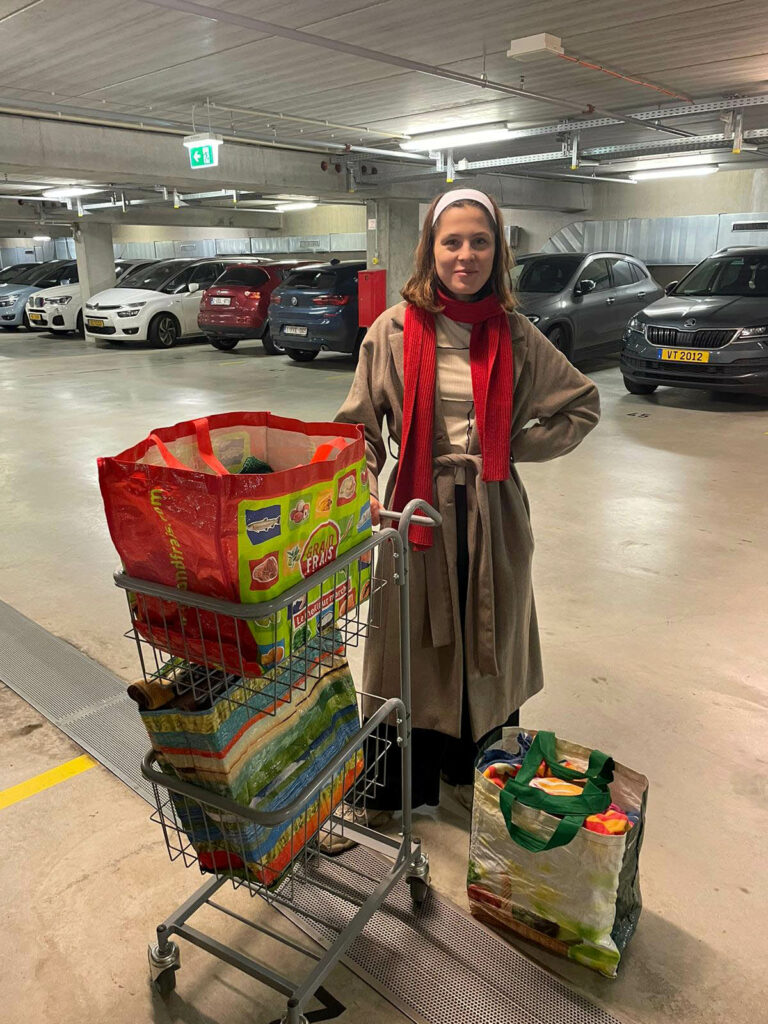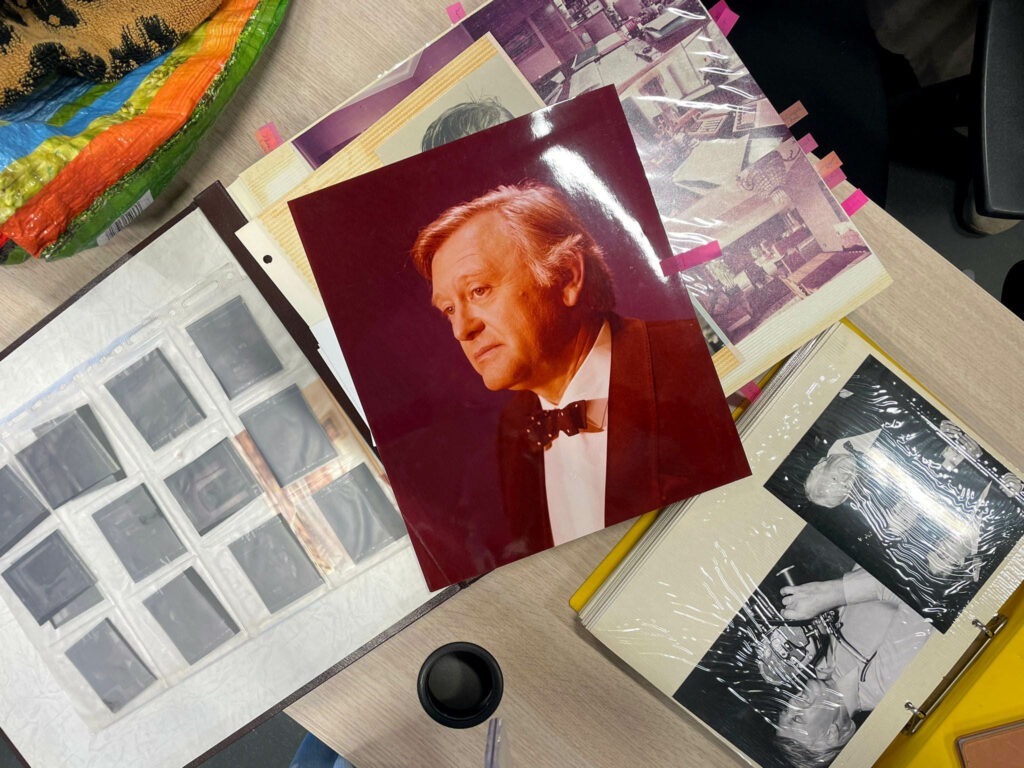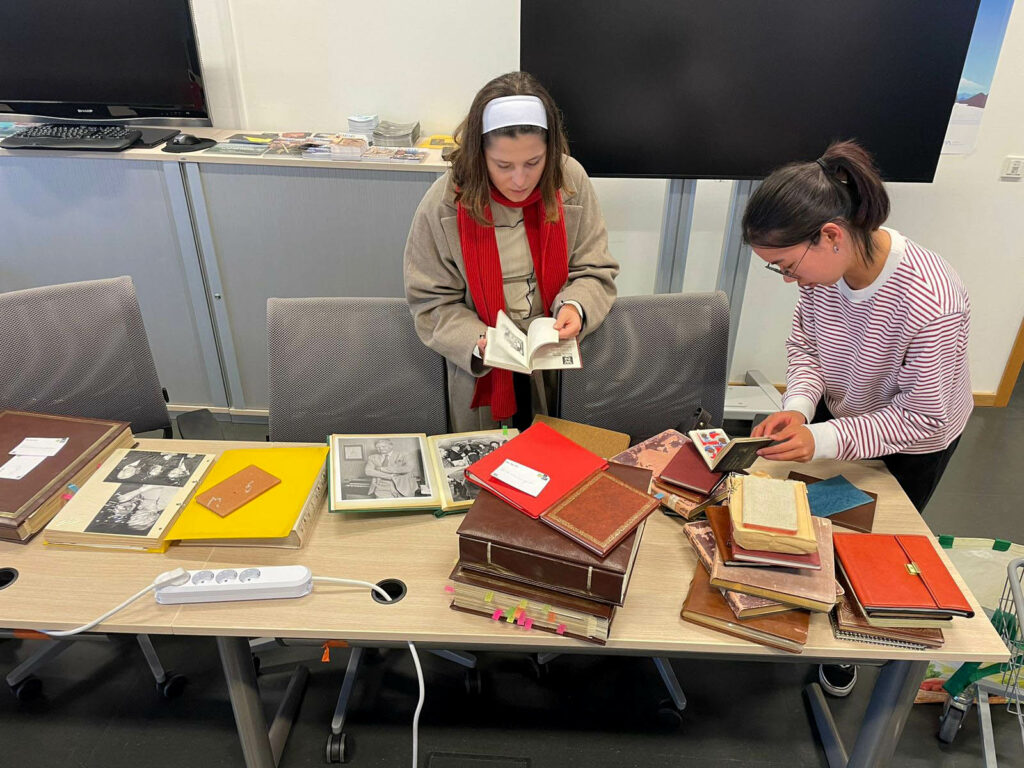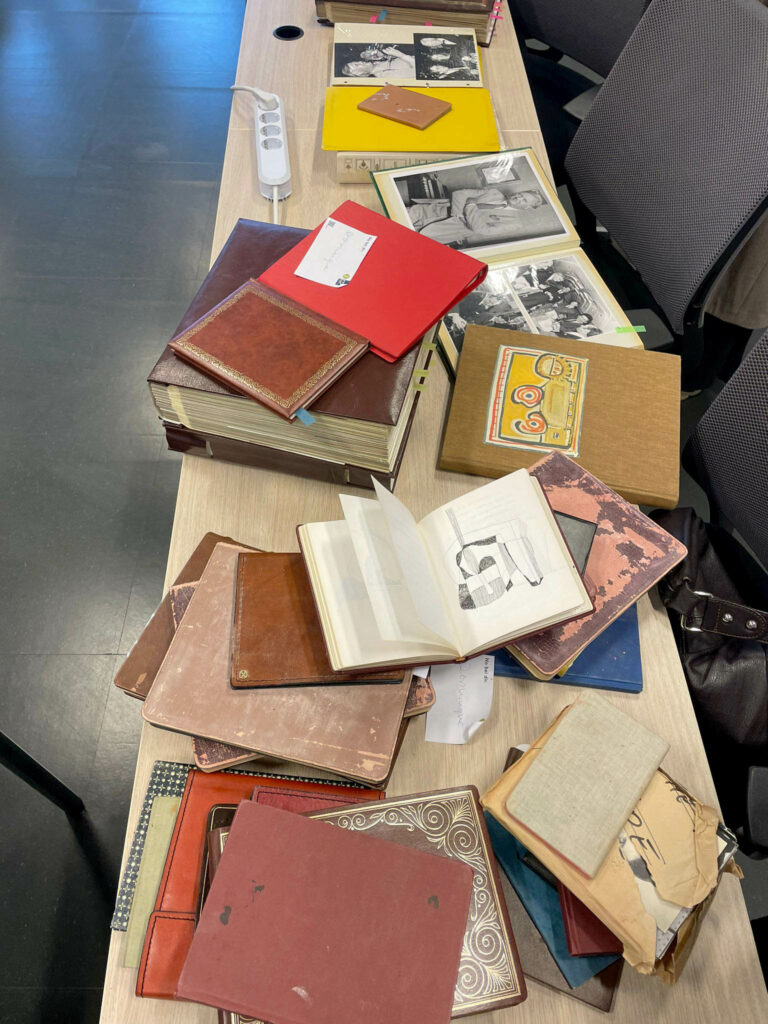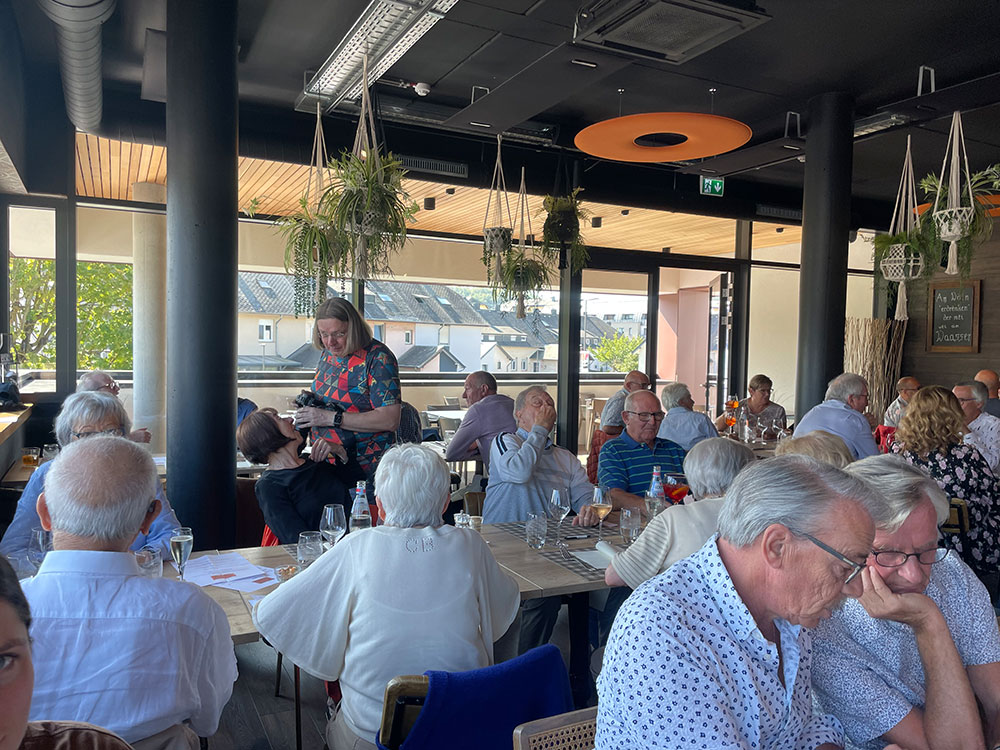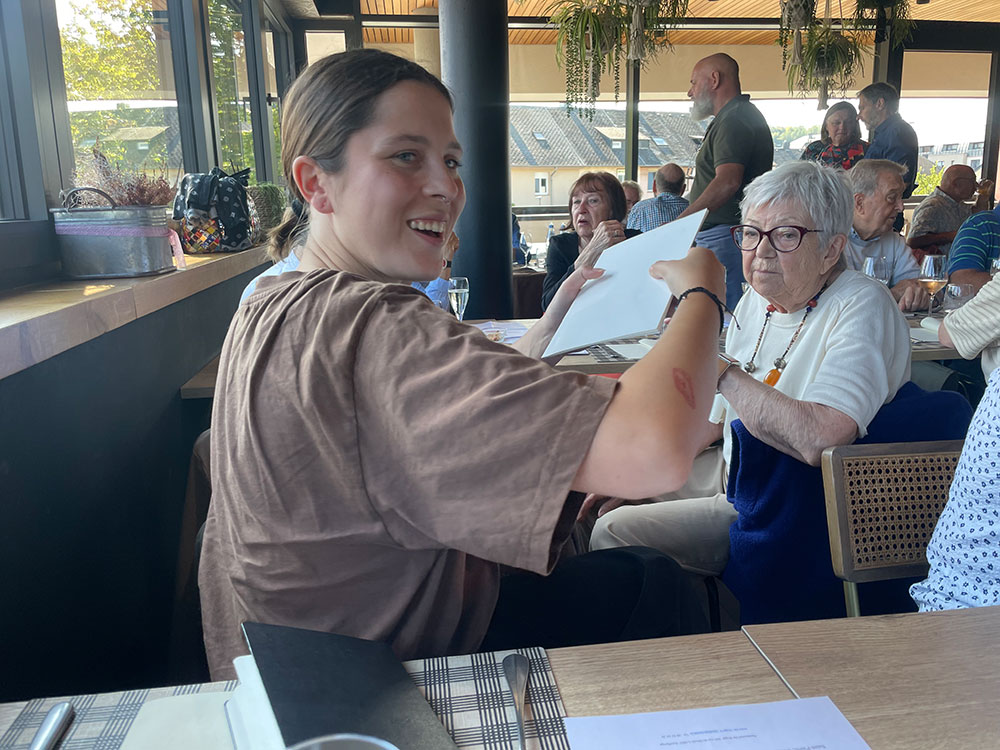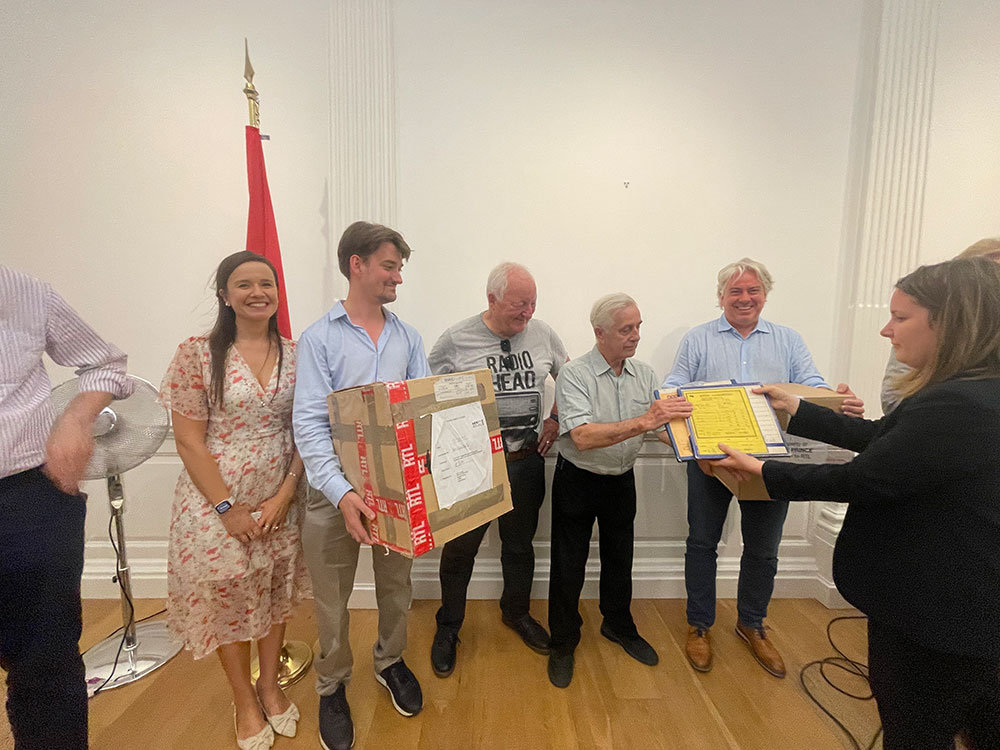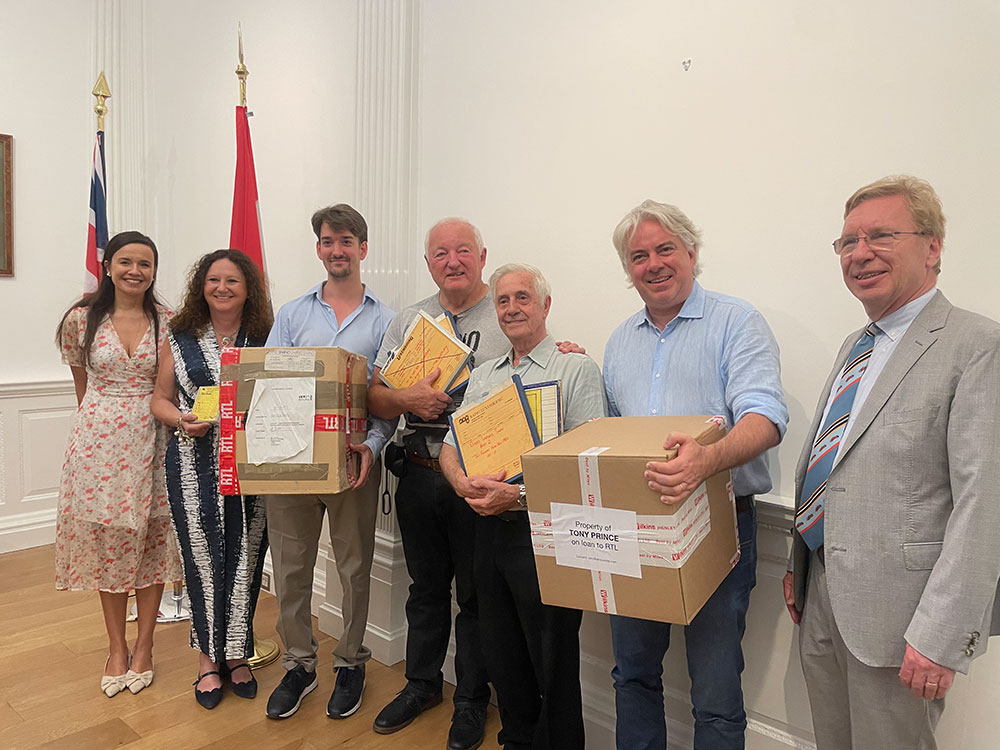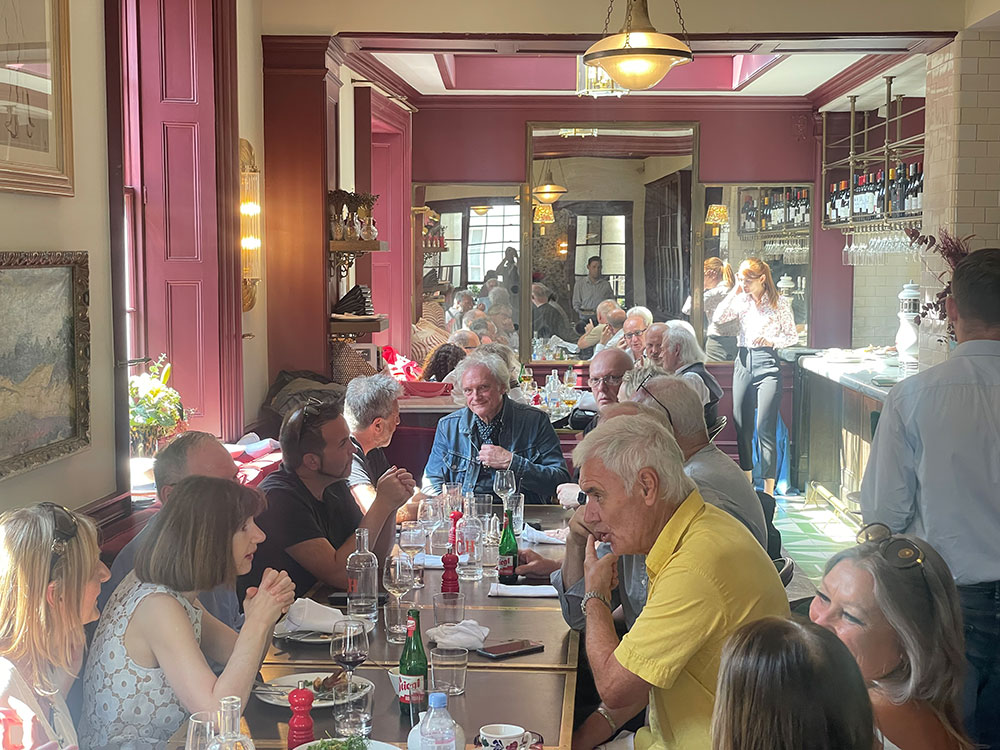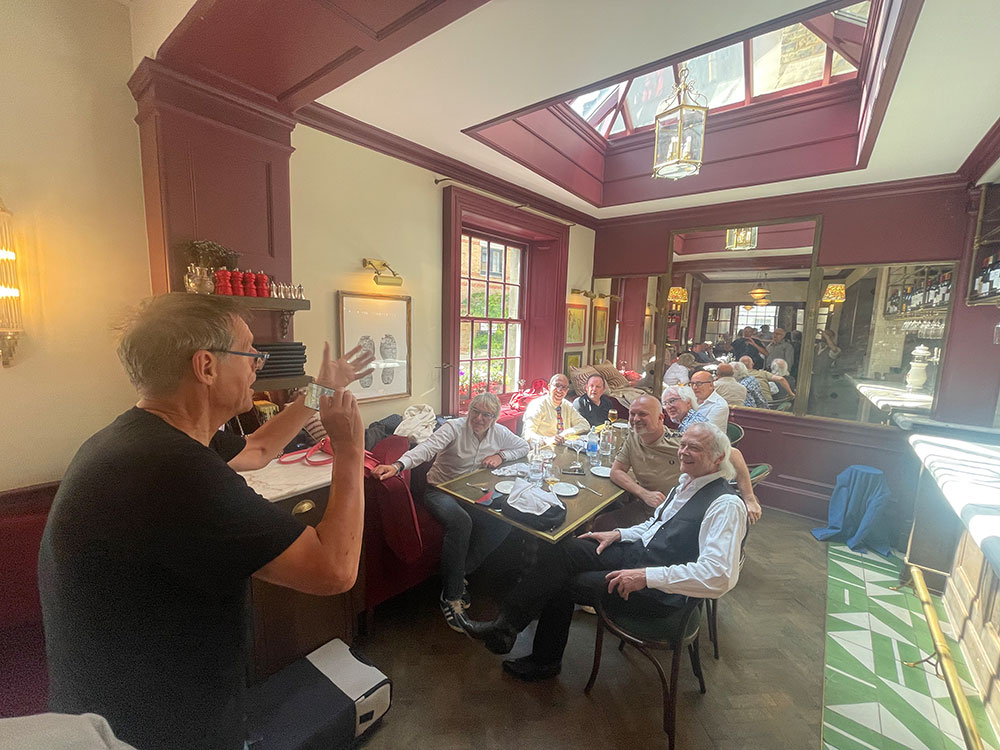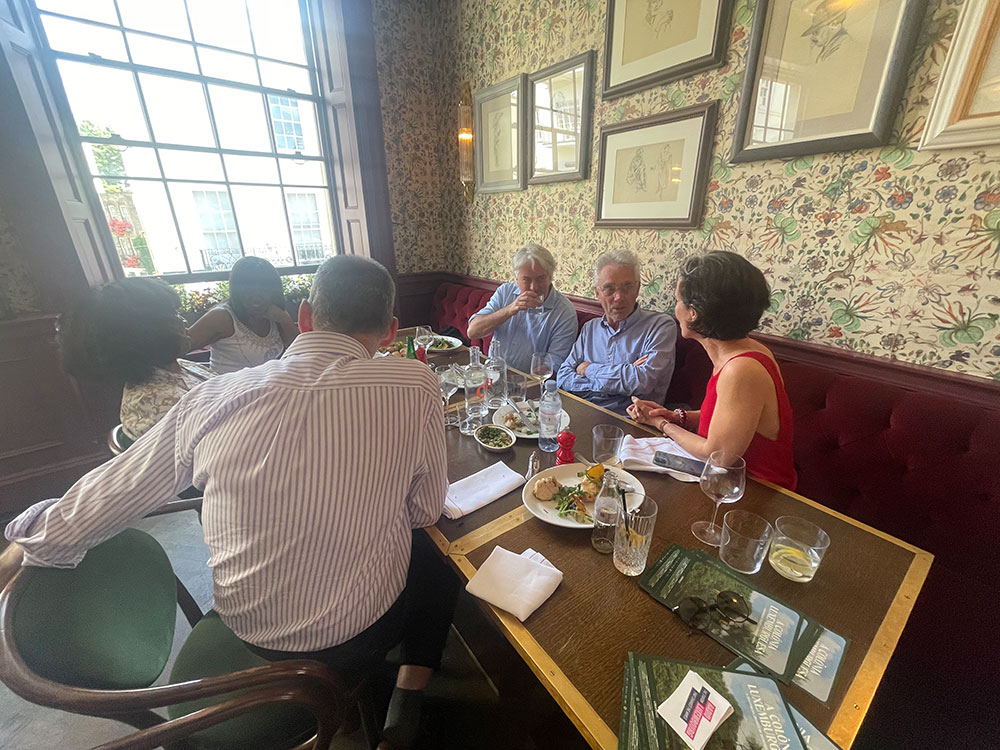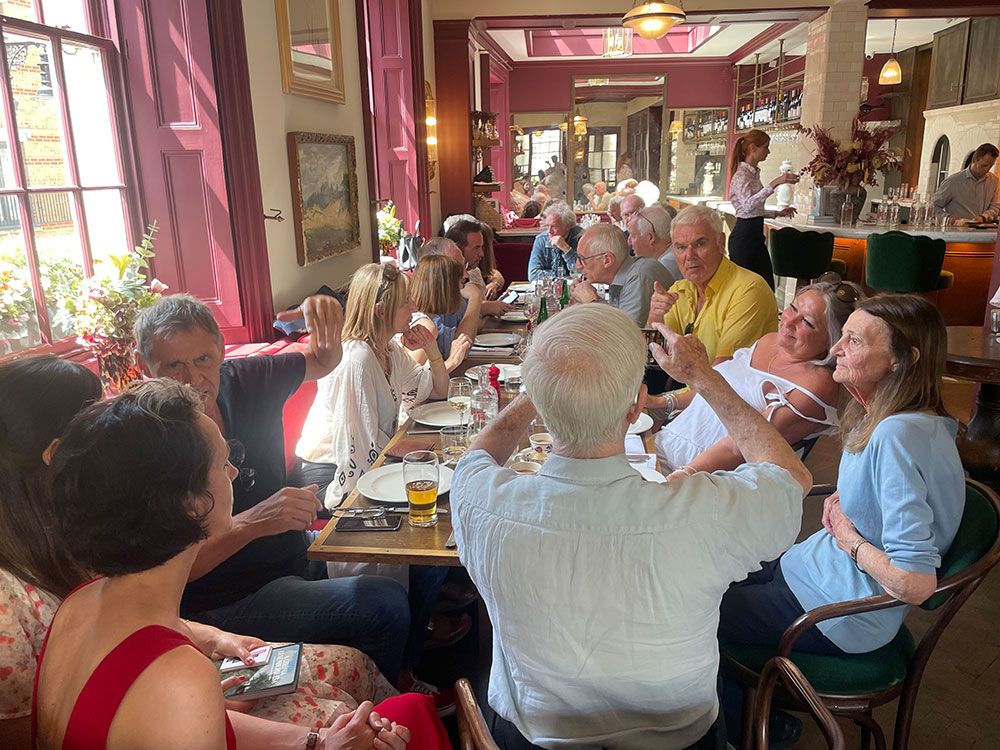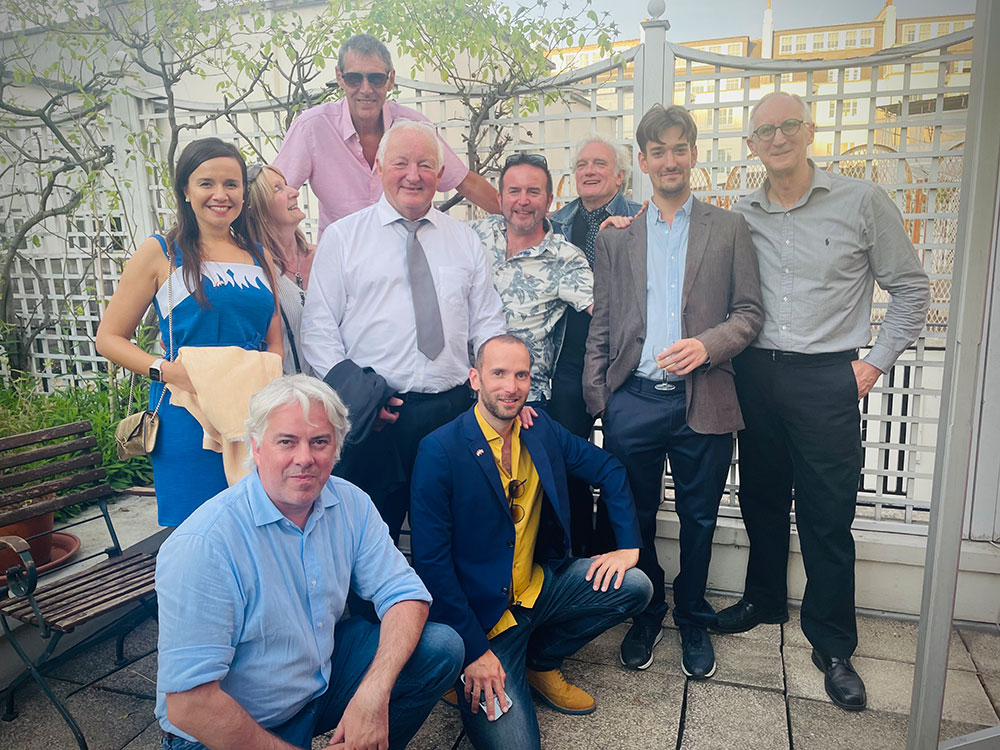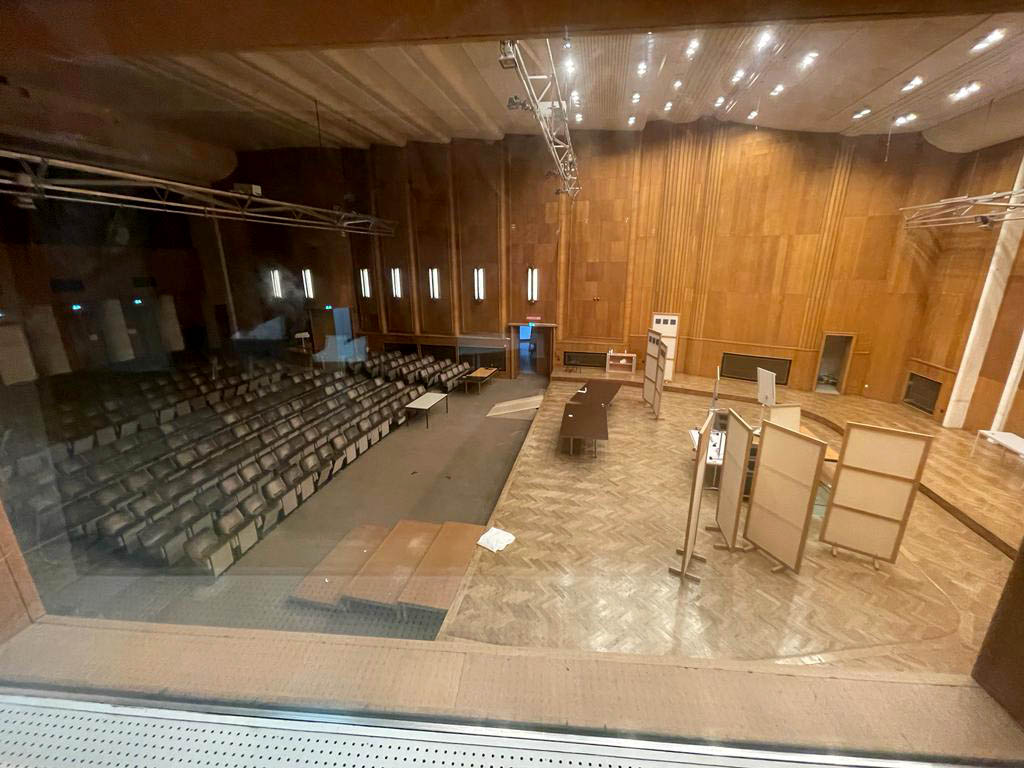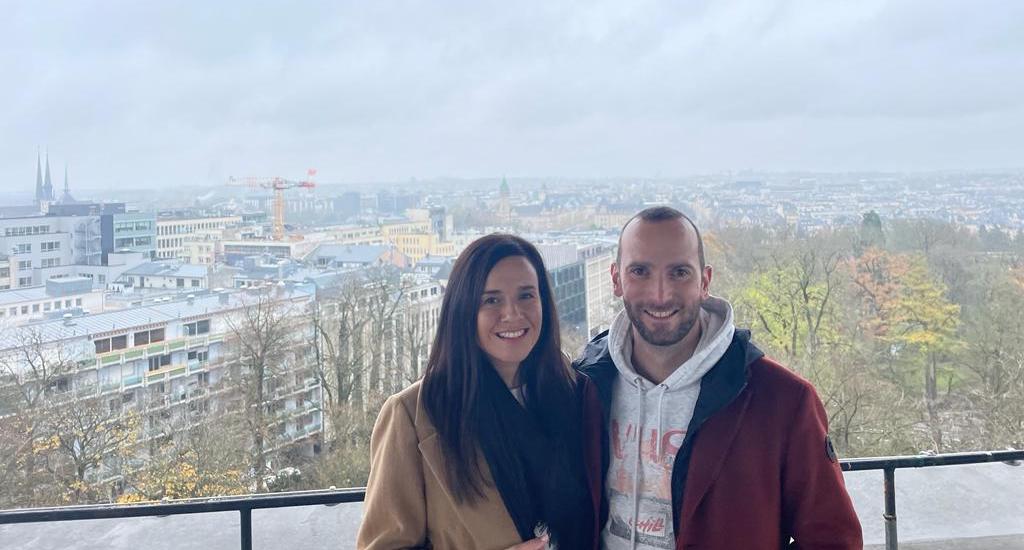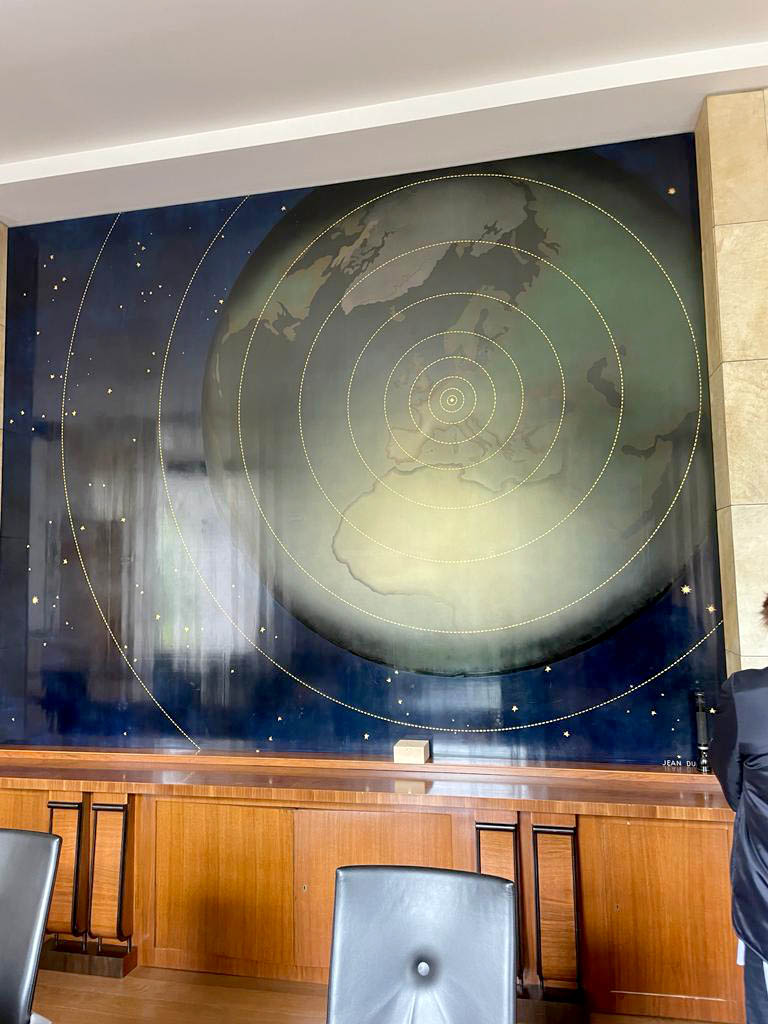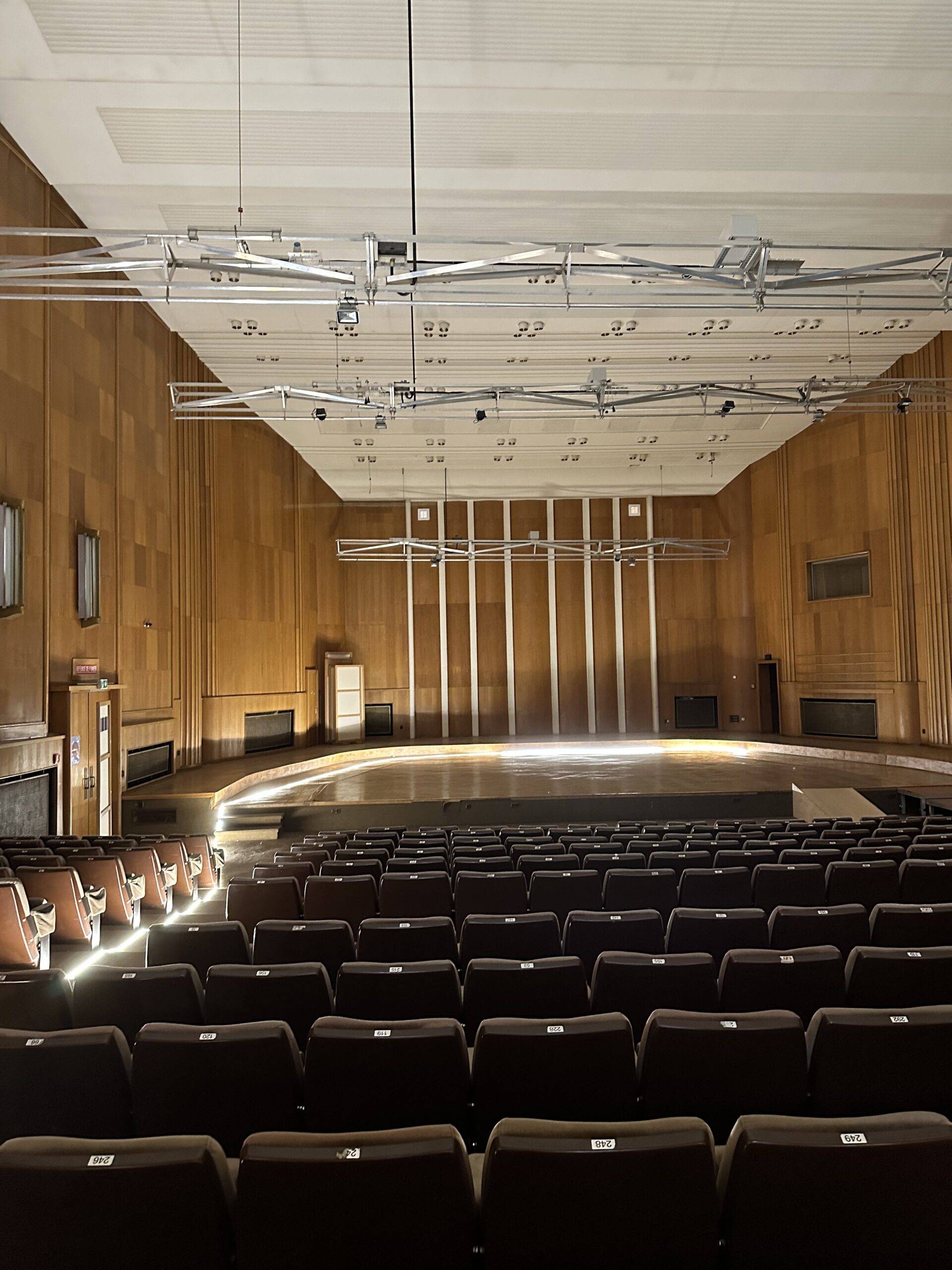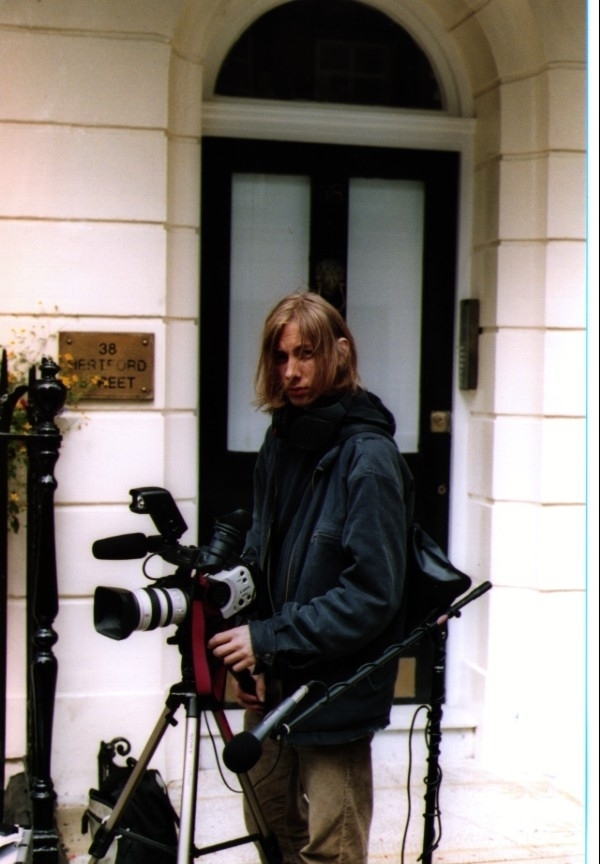Our team had the honor of meeting André Schiltz, formerly the chief engineer of the Radio Luxembourg Studios for 20 years at Villa Louvigny, and later the “Managing Director Radio of BCE” after the studios were moved to the new Kirchberg Center.
After obtaining his degree in electronic/telecommunications engineering from Aachen University in late 1968, he was hired in May 1969 as a radio studio engineer, joining the group of engineers responsible for the station’s operation and technological development. This group included Marc Herzog and Pierre Reding for radio transmitters, Paul Faber for television, under the direction of Léon Maack, the station’s Technical Director.
Interested in electricity and radio from a young age, he nostalgically recalls his first contacts with radio; by building an experimental crystal radio set, he managed to receive the English Radio program 208 on AM, listening to it at night “under the bedclothes” with an old headset.
This enthusiasm for telecommunications naturally led the young student to pursue engineering studies to achieve his “dream job”: working in radio! He was fortunate to join Radio Luxembourg, the “Station of the Stars,” during its peak.
Having worked for Radio Luxembourg for nearly 35 years, André Schiltz naturally holds an inexhaustible supply of fascinating information and anecdotes about the internal and external operations of Radio Luxembourg.
But let’s simply listen to André Schiltz’s account, who has agreed to share some memories with us…
“In 1969, the technical equipment of the studios, mostly from RRG and even pre-war, was based on electronic tubes, a rapidly declining technology due to the rapid emergence of semiconductors. The task ahead was significant, as we had to plan and carry out the replacement of all technical and acoustic equipment in the studios without interrupting ongoing programs.
In parallel with these custom-made renovations by our teams, we had to meet the pressing demands of programs faced with increasingly aggressive competition from state radios. Due to a lack of available equipment on the market, we designed and built interesting innovations in our laboratory, such as a “telephone hybrid” that allowed listeners’ calls to be directly aired!
In the same vein, and thanks to the benevolent collaboration of Deutsche Telekom, we developed and implemented the first telephone voting system in our BTS Studio in Düsseldorf; this system is still effective today.
Other innovations, like the Polizeiwarnfunk service, based on the Hinz-Triller and ARI systems from Blaupunkt, allowed the German program to better target motorists. A similar system, RTL-Matic, was designed by our colleagues at RTL Rue Bayard to remotely control stationary and mobile radios; however, the commercial success of this operation was very limited.
In addition to the normal operation of transmitters based on government concessions, RTL’s General Management was constantly seeking new frequencies to expand and strengthen its FM coverage abroad; since no country was willing to grant broadcasting licenses to private radios, the only viable strategy was cooperation with small local radios in Europe, offering our know-how in exchange for a portion of their airtime.
I recall a memorable expedition to Milan to examine and evaluate the technical infrastructure of Radio Montestella, a small neighborhood radio station operating with a homemade FM transmitter installed on an apartment roof! This station was an initial attempt at collaboration, which ended with limited success after 2 to 3 years.
Radio Merkur in Baden Baden, on the other hand, was a partner with significantly higher potential; to access airtime on Radio Merkur, RTL’s management asked me to draft the technical specifications in exchange for a cooperation contract, which successfully operated for several years.
I believe these few examples, chosen at random, will give the reader an idea of this extraordinary adventure lived at Villa Louvigny, while also mentioning the downside; after the studios were moved to the new building in Kirchberg, we all faced a painful period of slow decline with programs moving abroad, reduction of technical staff, and the shutdown of the famous Radio 208 program on December 30, 1991. Even heavy investments in the Atlantic 252 station, operating on an RTE frequency from Ireland, could not save this famous program.
Thus, long wave, medium wave, and short wave transmitters quickly lost their appeal to listeners due to inherent range and quality deficiencies, in favor of the proliferation of better quality broadcast vectors like FM, DAB, satellite radio, and the internet.“
To this day, André Schiltz has preserved precious and unforgettable memories, as well as documents, materials, and original equipment from that “glorious” period. He has already shared some of his treasures with us, and we look forward to future collaboration with this indispensable contemporary witness and pioneer.
